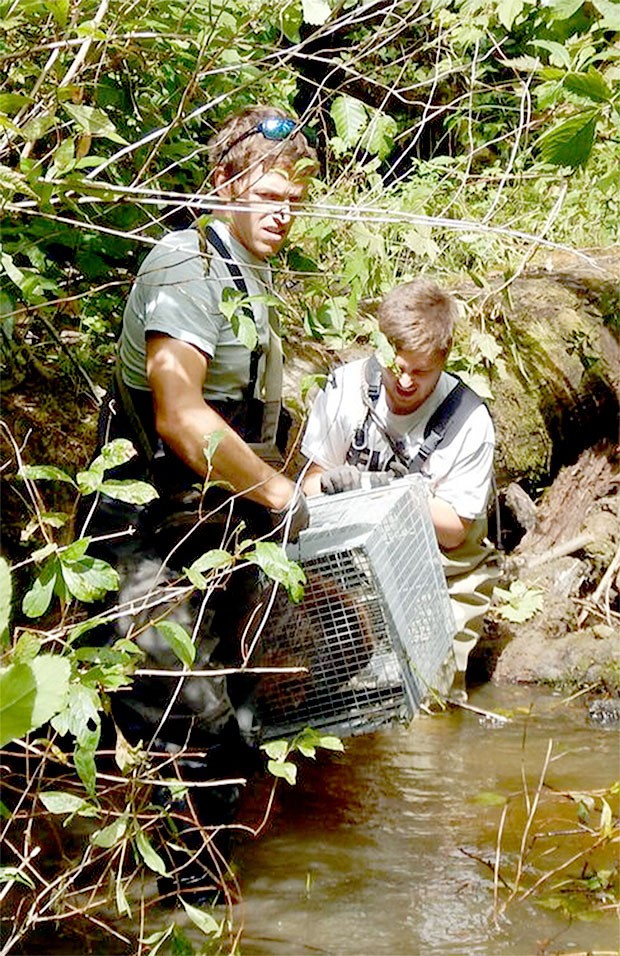TULALIP — Beavers are natural engineers, but can be a nuisance if they’re residing in residential or city areas.
This was the case for “Beatrix” a name given to a female North American beaver by the students at Brookeside Elementary, who was flooding the school’s play field with her dams.
Beaver dams are actually beneficial for the environment, creating freshwater storage from the ponds they form.
“Without beaver dams, salmon don’t have a future,” supervisor of northwest wildlife Ben Dittbrenner said. “They will make a dam and a pond forms behind it which creates a habitat in itself.”
Those wetlands are beneficial for ungulates like moose and elk, and aquatic mammals such as otters and muskrats. They are the base of the food chain, Dittbrenner added.
But beavers can become a problem when their dam construction damages property.
With the school wanting no more flooding, and the city wanting to construct over the stream, it was Beatrix’s time to go.
Some trappers were hired to try and remove Beatrix but could potentially kill her.
But Beatrix was in luck because the “Beaver Bill” and the agreement of the Tulalip Tribes meant that there are government regulations on who can handle and relocate beavers.
“We thought this was a perfect time to relocate this animal and get her to a better place,” Dittbrenner said.
She was finally captured in July until Aug. 6 she was released into the Skyhomish River.
“First thing we do is wrangle the beavers, this should be a relatively easy process,” Dittbrenner said.
Before Beatrix was captured, it was revealed that she was a single beaver through wildlife surveillance. Cameras were set up around her beaver lodge to monitor before capture.
Though Beatrix is without a mate, she is a highly social animal and should be able to pair with a beaver at her new location.
“They’re just so happy to see another beaver, and take to each other really well,” assistant wildlife supervisor Molly Alves said.
Beatrix was captured by using beaver lure to coax her out of the lodge at the elementary school. The lure was placed on some harmless traps.
Beavers will instinctively run into dark confined areas, so a large bag called a “beaver bag” was placed in front of the trap.
“As soon as it gets dark they calm way down,” Dittbrenner said. “They’re not stressed out, and we can work with them.”
Beatrix was kept in an old salmon raceway in a hatchery in Tulalip where she was fed rat food, which has a variety of nutrients that she would eat in the wild. She was also given wood; beavers eat the cambium a layer beneath the bark. They will then use some of the shredding to make their nest.
At her temporary home, she made her lodge. As she was removed, they took some parts of her lodge to her relocation site for the smell.
Before sending beavers off to the river, they are weighed before and after their release to ensure they are healthy. Beatrix maintained an ideal weight of 20.60 pounds.
“Seeing what they do when we relocate them is the most gratifying feeling,” Alves said.
On the day Beatrix was removed, her containment area was sanitized for other beavers to be relocated.
“The last thing we want to do is give a beaver a disease and put them back into the environment,” Dittbrenner said.



